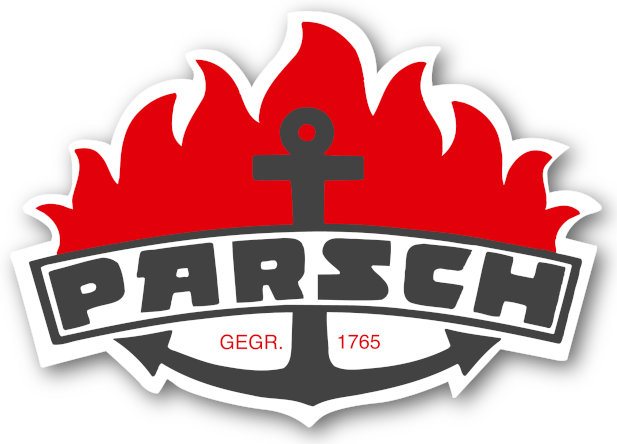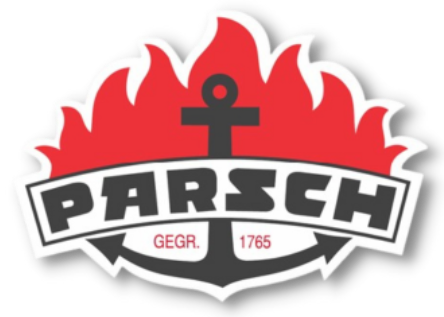Hoses for wall hydrants
professional wall hydrant hoses according to DIN EN 14540:2004 / EN 694 type B class 5
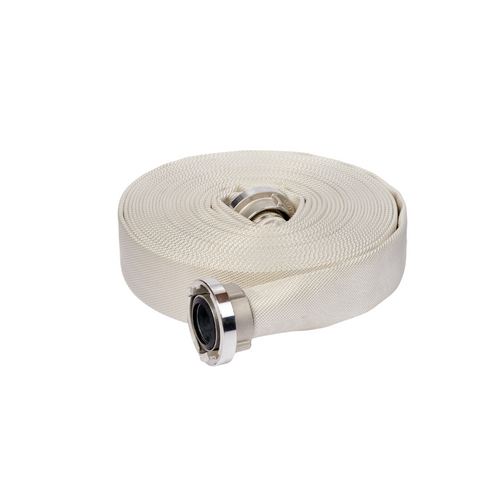
Technical information
REELOFLEX UNCOATED
fire fighting hose for fixed systems according to DIN EN 14540:2004
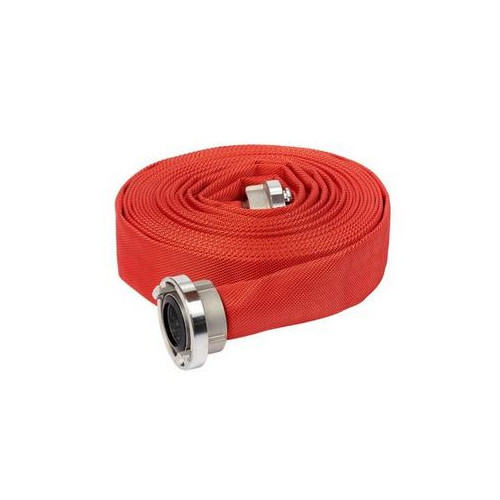
Technical information
REELOFLEX COLOURED
fire fighting hose for fixed systems
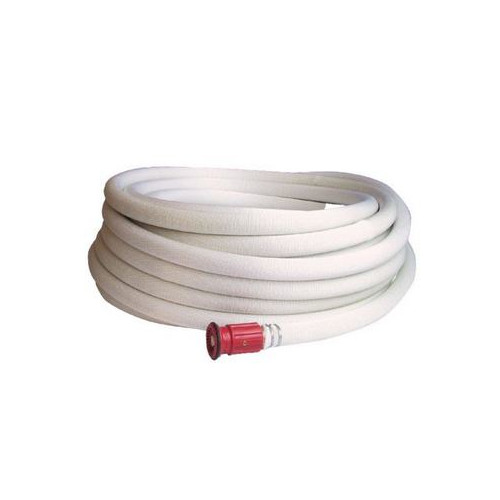
Technical information
MONOFORM N UNCOATED
semi-rigid fire fighting hose according to EN 694 type B class 5
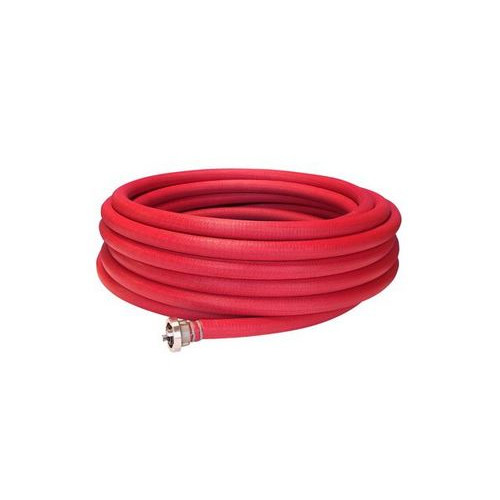
Technical information
MONOFORM K COLOURED
semi-rigid fire fighting hose according to EN 694 type B class 5
Wall hydrant hoses
firefighting directly on site
Fast and flexible work is always well possible when the needed equipment is well arranged and ready on the spot. This is just as true for fire departments as for anyone else. Wall hydrants are an effective way of fighting fires. In most cases, these are located in small and sealed wall niches. Among the most important components here are the coiled pressure hoses called wall hydrant hoses.
What are wall hydrant hoses?
The wall hydrant hoses are typically attached to a suitable steel pipe. The hoses are rolled up. This makes them easy to unroll.
An advantage of the wall hydrant hoses is that even laymen, i.e., untrained persons, can operate them very easily. Flat hoses or dimensionally stable wall hydrant hoses on reels are provided in this regard for initial firefighting support from a wall hydrant by either passersby or other firefighting personnel.
The wall hydrant hoses are always threaded onto reels. This allows them to be installed in the wall recess easily and in a space-saving manner – and without much trouble. You can compare a reel for hoses with a cable reel for power cables. Both make carrying, winding, and unwinding much less complicated.
For wall hydrants, the water supply is provided by a pressurized dry or wet riser. With a dry riser, the water pump is initiated manually via a switch on the corresponding wall hydrant.
Characteristics of wall hydrant hoses
A wall hydrant hose is dimensionally stable or can be rolled up flat and is made of round woven polyester fabric.
One of the most important features of wall hydrant hoses is that they are easy to handle. Once the valve of the wall hydrant is opened, the water flows through it. Before doing this, you should lay out the hose. This is the easiest and most efficient way to reach the extinguishing point.
Thanks to the unique way of storage, unrolling and increased handling by laymen, the wall hydrant hoses must have a high abrasion resistance. Thus, even edges of walls, wooden corners or heavy pieces of furniture falling on them will not be able to leave damage on the hose that easily.
Wall hydrant hoses are only needed when there is a real fire. Which means, in the best case, never – or at least not for a long time. During this period of non-use, the pressure hoses in the wall hydrants must always be perfectly durable while waiting to be used. It is therefore important that they are 100 % resistant to fading.
Windows are the main source of light in many buildings. However, they also expose the wall hydrants and hoses to ozone and UV radiation. To ensure that the wall hydrant hoses in particular do not suffer any gradual long-term damage, those from Parsch are ozone- and UV-resistant.
All-round solution planning for wall hydrants
Parsch offers wall hydrant hoses as new components or as replacement components for existing wall hydrant systems. If you order them online, we advise you to conduct a complete planning of the wall hydrants, risers and the appropriate pressure hoses in advance.
This will allow you to take advantage of project-specific advice during new installation, conversion, maintenance and regular servicing. Please also be sure to install wall hydrants in conjunction with quick-use and removable fire extinguishers. Fire alarm systems provide timely and widely audible instant alarms.
Finally, please always check that the riser has a safe supply of sufficient extinguishing agent.
